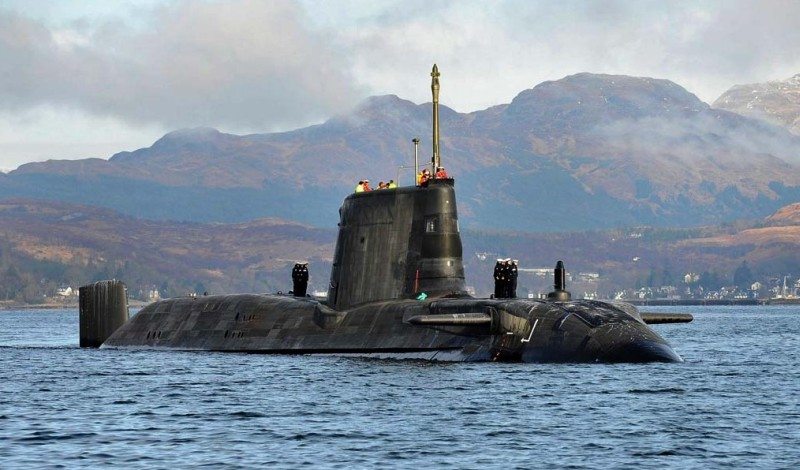Saturday’s Guardian reported on an internal Ministry of Defence memo which raised concerns of corrosion on HMS Astute and HMS Ambush.
All Royal Navy submarines are subject to a continuous, thorough assessment of their components to minimise the risk of corrosion, and cosmetic problems with the paint finish inside HMS Astute and HMS Ambush were identified and rectified.
This article was a follow-up to a piece that was printed the previous day, Friday 16 November, on issues that have come to light during HMS Astute’s sea trials which are all being addressed as part of the trials programme. It is normal and expected for first of class trials to identify areas where modifications are required and these are then incorporated into later vessels of the class.
HMS Astute’s trials, like all Royal Navy sea trials, are designed to rigorously test all aspects of the submarine to meet the exacting standards required for operations. The Astute Class of submarines will be the most technologically-advanced ever to serve with the Royal Navy and will provide an outstanding capability for decades to come.
The paper printed the following letter on Saturday from Rear Admiral Simon Lister, the MOD’s Director Submarines, in response to the article:
“As the Royal Navy officer responsible for the delivery of the Astute submarine programme, I must respond to the claims in today’s issue of the Guardian regarding the performance and potential safety of HMS Astute.
“All those involved in the delivery of our submarines have a duty to the submariners that serve on them, and their families, to ensure that we provide them with a safe environment in which to live and work. As a submariner myself, I am acutely aware of the need to meet the exacting safety standards we demand, and we are committed to meeting them both for HMS Astute and for the remaining submarines in the class.
“I would never allow an unsafe platform to proceed to sea, and the purpose of the extensive sea trials HMS Astute is currently undertaking is to test the submarine in a progressive manner, proving that the design is safe, that it has been manufactured correctly, and that she is able to operate safely and effectively. This process reflects the nature of HMS Astute as both a prototype and an operational vessel.
“We have always known that it would be necessary to identify and rectify problems during sea trials, and this is what we have done. All the issues noted in the story have either already been addressed or are being addressed. In particular, while we do not comment on nuclear propulsion issues or the speed of our submarines, I can assure you that, once HMS Astute deploys operationally, we do not expect there to be any constraints on her ability to carry out her full combat role for the Royal Navy.
“I would also like to repeat my invitation to the Guardian to spend time on HMS Astute with me to see at first hand the professionalism of the crew, the confidence they have in their boat, and the rigour with which sea trials are carried out and problems addressed.”










